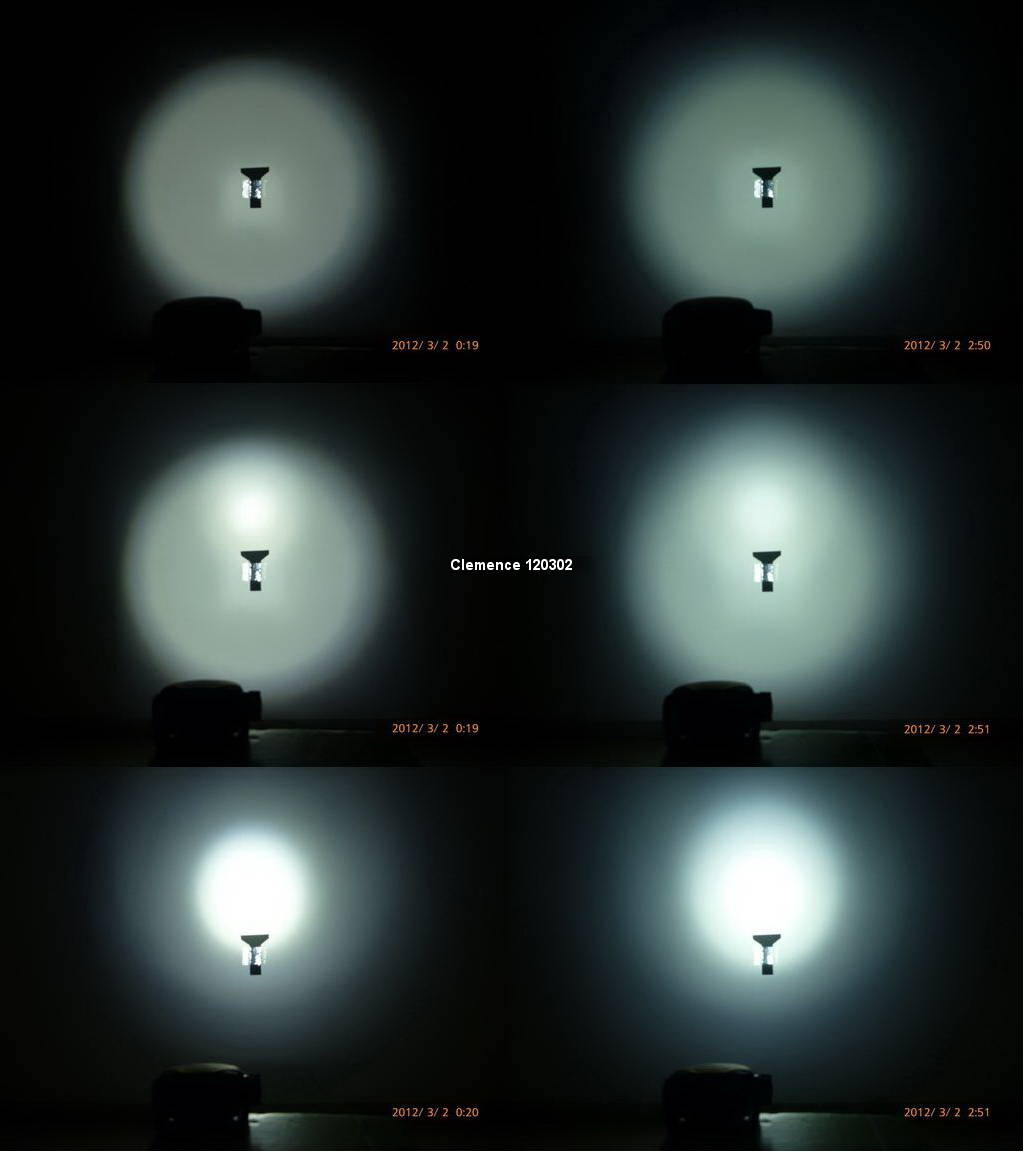bogmonster
Newly Enlightened
- Joined
- Jun 24, 2011
- Messages
- 13
The light looks a bit awkward to me. It is not really bright enough for a primary caving light - maybe it would have been 10 years ago while lots of people were still using incan. As a backup there is plenty of light but it is too big really unless going in a pack. Due to its size it will be difficult to mount on a helmet alongside a primary light unless you primary is smaller than your backup. Maybe if your primary is easily removable it would be ok as long as you were happy not to have it ready to run on your helmet (not ideal for SRT or on difficult climbs).
I use either a side mounted hand held and / or a H51 (dubious about reliability) as these can be helmet mounted alongslide my primary wheras the Pixa could not due to its size. It is also too big to comfortably fit in an oversuit pocket for snug caves.
If it had Myo RXP outup levels then it would be a much better proposition and could be used as a low end primary in a pinch. Otherwise I would just go down the Myo RXP route and make sure the battery compartment is dried out after each trip.
Looks like a good rugged worklight though.
I use either a side mounted hand held and / or a H51 (dubious about reliability) as these can be helmet mounted alongslide my primary wheras the Pixa could not due to its size. It is also too big to comfortably fit in an oversuit pocket for snug caves.
If it had Myo RXP outup levels then it would be a much better proposition and could be used as a low end primary in a pinch. Otherwise I would just go down the Myo RXP route and make sure the battery compartment is dried out after each trip.
Looks like a good rugged worklight though.












